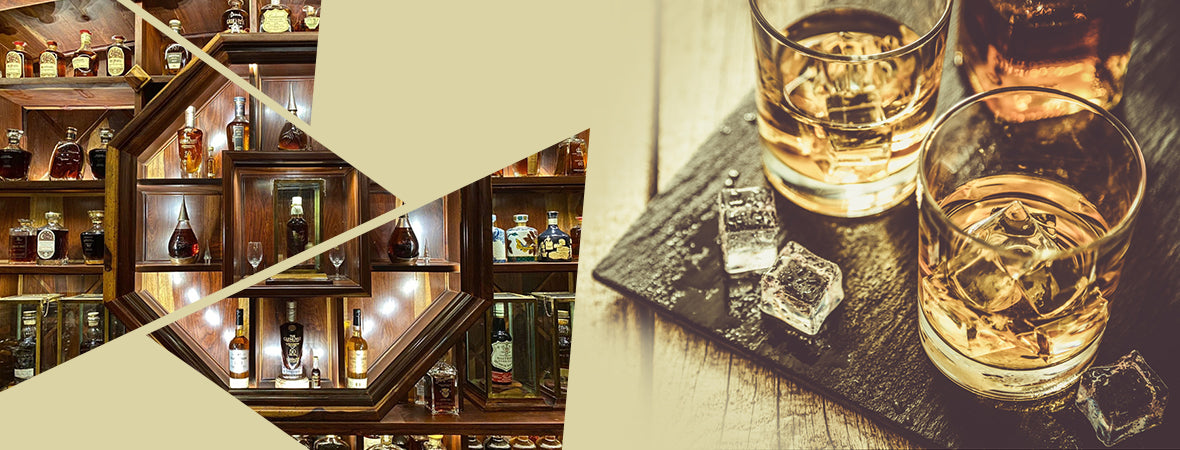Rose wines are often referred to as “blush wines.” They are not white wines, but they are not dark enough to be red wines. Contrary to the opinion of many, not all rose wines share the same characteristics.
Rose wine became popular during the 1970’s. The demand for white wine increased, but there were not enough grapes available for production. Many winemakers tried to produce white wine by using red grapes. Sutter Homes “White Zinfandel” was created in 1975 from a stuck fermentation where the yeast died early and left behind a pink, sweeter wine. The three most popular ways to make rose wines are skin contact, saignee, and blending.
Skin Contact
Skin contact is when the skins of the crushed grapes are left in contact with the wine for a certain period of time. The skins will usually have contact with the wine for one to three days. While making red wine, the skins would be left in the wine during the entire fermentation period. The longer the skins are left in contact, the darker the shade of the wine will be.
Saignee
Saignee is also known as bleeding the vats. In order to raise the tannins in a wine, the winemaker releases some of the juice from the must. The juice is lighter in color, and can be made into rose wine. The remaining red wine in the tank will have more tannin.
Blending
Blending is simply mixing red wine into white wine to give it a little bit of color. This practice is frowned upon, but it is an option as a way to make rose wine.
The term “blush” was originally used in North America, but is now used in reference to Austrailian and Italian wines as well. “Blush” was trademarked in 1978 and the name was used to market a more sweet, rose wine.
While rose wine was first made to be delicate and dry, after World War II people started to prefer a sweeter taste. Grenache, Syrah, Carignan, and Zinfandel grapes are all popular to use in making this type of wine. Rose wines are more popular than white wines in France, and they also make a great summer drink.





